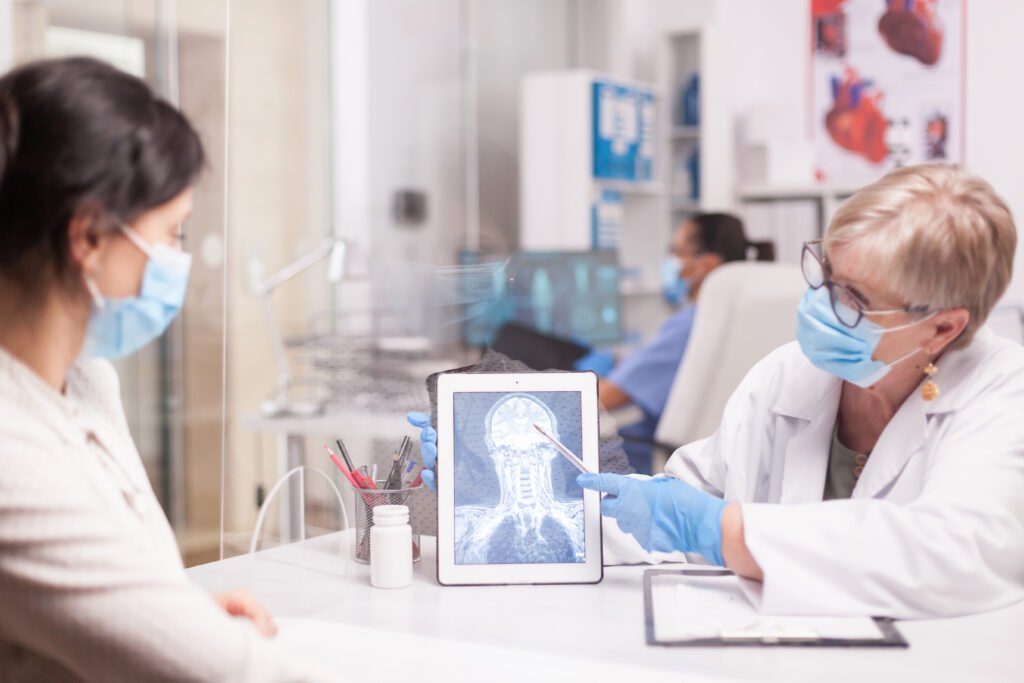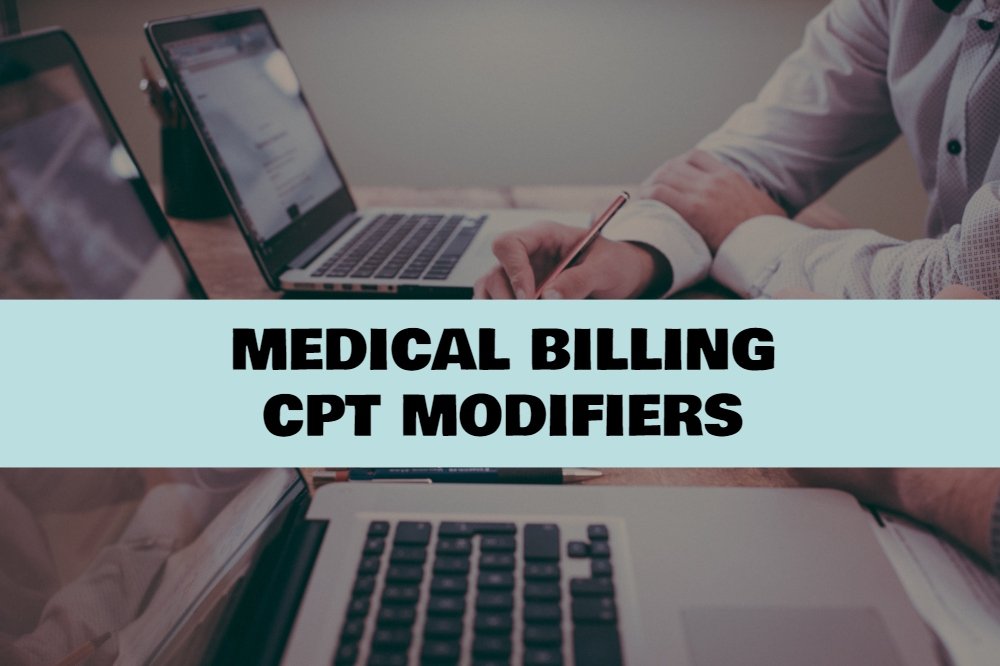CPT codes and modifiers describe treatments and procedures in medical billing services. The use of CPT codes and modifier varies by service. They are based on the ICD-10-CM. This article lists the most common codes for orthopedic billing services. CPT is the commercial code used by all hospitals and medical providers to report charges for their procedures, products, or services. This article looks at the different CPT codes and modifiers that may apply to your orthopedic billing and services. The codes include general and specific codes for the tissue region and type of procedure.
What are modifiers in Orthopedics billing?

The billing process in orthopedics can seem complex with a long list of CPT modifiers. There are modifiers for diagnosis, diagnosis location, diagnosis type, diagnosis direction, diagnosis surface, diagnosis surface type, diagnosis surface direction, diagnosis level, diagnosis level location, diagnosis specialty, diagnosis specialty location, diagnosis specialty type, diagnosis type. Despite the modifiers, a patient will pay the same amount.
A modifier is a unit of charge for a single service rendered by the physician or staff. This article explains modifiers, the types of modifiers, the billing process, and coding. Many words are used in the Orthopedic billing procedure to identify and describe different conditions and surgical features, such as age and gender, but what are modifiers in billing?
Modifiers are just a simple two-character appellation that points out the change in how the code for the course of action or how the service must be supplied for the claim. When used deliberately, modifiers can help bring out the appropriate and decent data to the record, which is related to the medical transaction. During the duration of mistreatment, they can conduct claim denials, refunds & penalties, which is very uncommon to happen, and analyzers.
Modifiers are of two-digit codes along with two levels:

1. Level 1 Modifiers:
This level 1 Modifiers is well likely to be known for CPT Modifiers and provides two numbers of digits and is updated yearly. They are likely to be used as an extra boost of supplementation to the data and regulate care explanations to provide additional data related to the procedure or specialized service to the long-sufferer.
2. Level 2 Modifiers:
These level 2 modifiers are well likely to be known as HCPCS Modifiers, including two digits of both Alpha or Alphanumeric characters ranging from AA to VP. Centers yearly renovate such modifiers for Medicare and Medicaid Services (CMS).
To provide the appropriate receipts through your Orthopedic operation requires the deep knowledge and well usage of code modifiers anywhere according to the right suitability and permissibility in regards to orthopedic billing codes. Modifiers can be used in the primary procedure code to represent the procedure converted with the help of a distinct factor. They can influence compensation. They are also responsible for not playing claims properly or in the case of misuse. Several modifiers are well likely to be known for Ambulatory Surgical Cenblueters. Few are for physician exercises and few for both provider types.
3. What are CPT Modifiers?
The CPT modifiers are codes, like PDF, that may be used with the HCPCS code that identifies a medical procedure, device, or drug. The CPT modifiers tell what type of health coverage the procedure, device, or drug has, like whether the reimbursement is paid directly or not.
Everyone has to pay taxes, but how we pay can vary depending on a few factors. These factors, known as “code classification,” help determine what types of expenses should get certain tax deductions and which should be subject solely to income tax. Tax laws change over time, and so do these codes, with new codes and new road rules released by the Internal Revenue Service (IRS) regularly. The IRS has five different classifications for tax purposes to make things a little more complex.
4. What are CPT Codes in Orthopedics billing?

CPT is the abbreviation for Current Procedural Terminology. CPT defines the codes and specialties/call types in a procedure. Coders update their codes annually. A CPT code is an otherwise nondescript health service classification, indicating the service provider and ingredient involved. And perform their task in describing the medical and surgical. Diagnostic services are also well designated for communicating uniform information related to medical services and procedures among great physicians. How does a patient receive care for orthopedic services?
Different codes are used for different treatments for certain types of orthopedic services. Which codes/ orthopedic CPT codes are used for different orthopedic procedures? So let’s talk about CTP codes primarily used for Orthopedics billing. Let’s discuss orthopedic CPT codes 2021.
Primary CPT Codes that are used for Orthopedics billing-
- Evaluation and Management: 99201 – 99499
- Anesthesia: 00100 to 01999 and 99100 – 99140
- Surgery: 10021 – 69990
- Radiology: 70010 – 79999
- Pathology and Laboratory: 80047 – 89398
- Medicine: 90281 – 99199 and 99500 – 99607
CPT Codes for Hand Surgery
There are also some specialties in categorization in orthopedic surgery coding such as Hand Surgery, Plastics, Ortho, and Neuro.
- CPT- 11760: Repair for nail bed
- CPT-25215: Carpectomy and for all bones of the proximal row
- CPT-64721: Neuroplasty in carpal tunnel release
- Carpel tunnel Release – 64721: Neuroplasty or transposition and median nerve at the carpal tunnel.
- Endoscopic Carpal Tunnel Release – 29848
The importance of modifiers in medical Billing Services

We all know that a hospital bill is an important document. It’s one of the most important things that patients, providers, and payers will interact with. And as a result, a lot of it has to be accurate. But with medical billing, billing errors can happen. This can lead to tremendous liability for the medical facility. If a hospital were to become afraid of a lawsuit, it may reject it carefully. Let’s talk about the orthopedic billing service provider.
Medical billing and coding services calculate, collect, send, and receive payment for services rendered. Experienced medical related to orthopedic billing and coding services set you apart with their expertise.
Likewise, it is important that your doctor have the right ICD-10 codes available to you, because one out of every 4 admissions to the hospital, 2 to 5 patients die, and all you can do is wait for the outcome. That’s why medical billing services must use thorough coding so that you, the patient, can see your symptoms and other health problems discussed in detail.
ICD-10 codes are the same code sets you have used for many years – they are a universal way of identifying medical conditions, procedures, and lab results. ICD-10 codes will become mandatory in October 2013.
Conclusion
The field of orthopedic billing services is seeing massive growth, which plays very well with the everyday population. Our orthopedic billing company was just founded. Obtaining an employee or getting a quote or an appointment is so hard! But a company like Synergy HCLS can help you with the orthopedic billing process.


